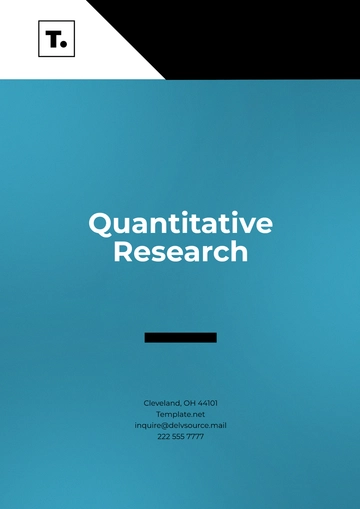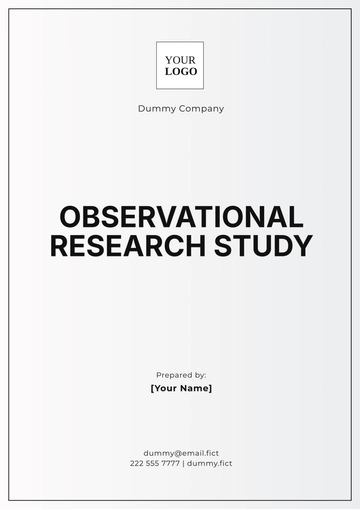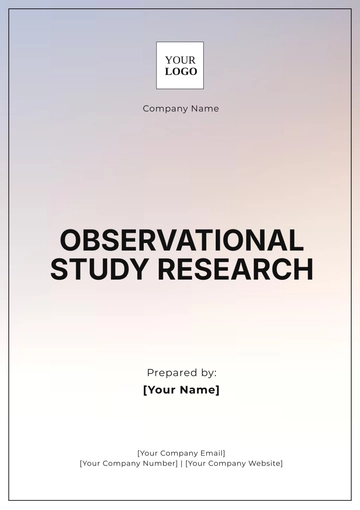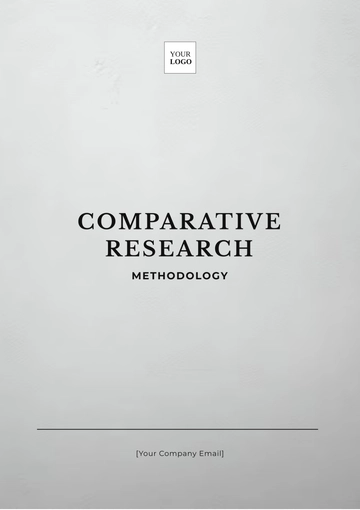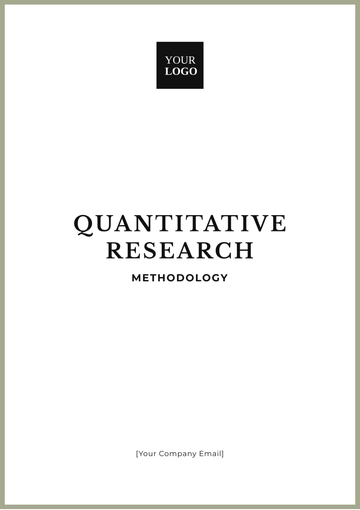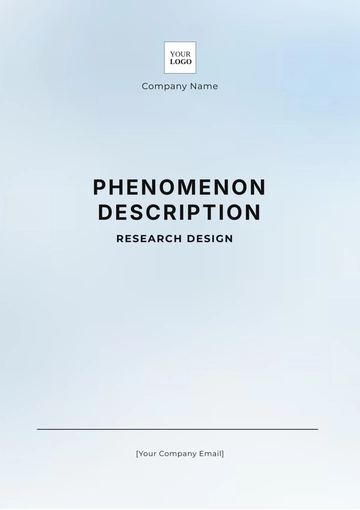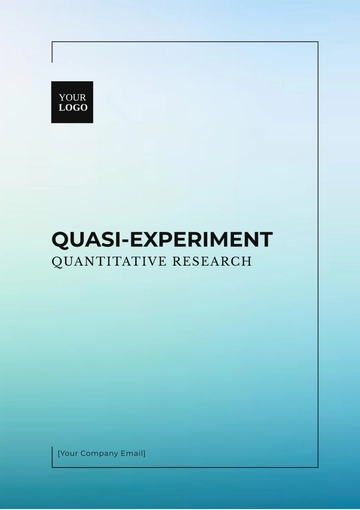Free Industrial Planning Research Process
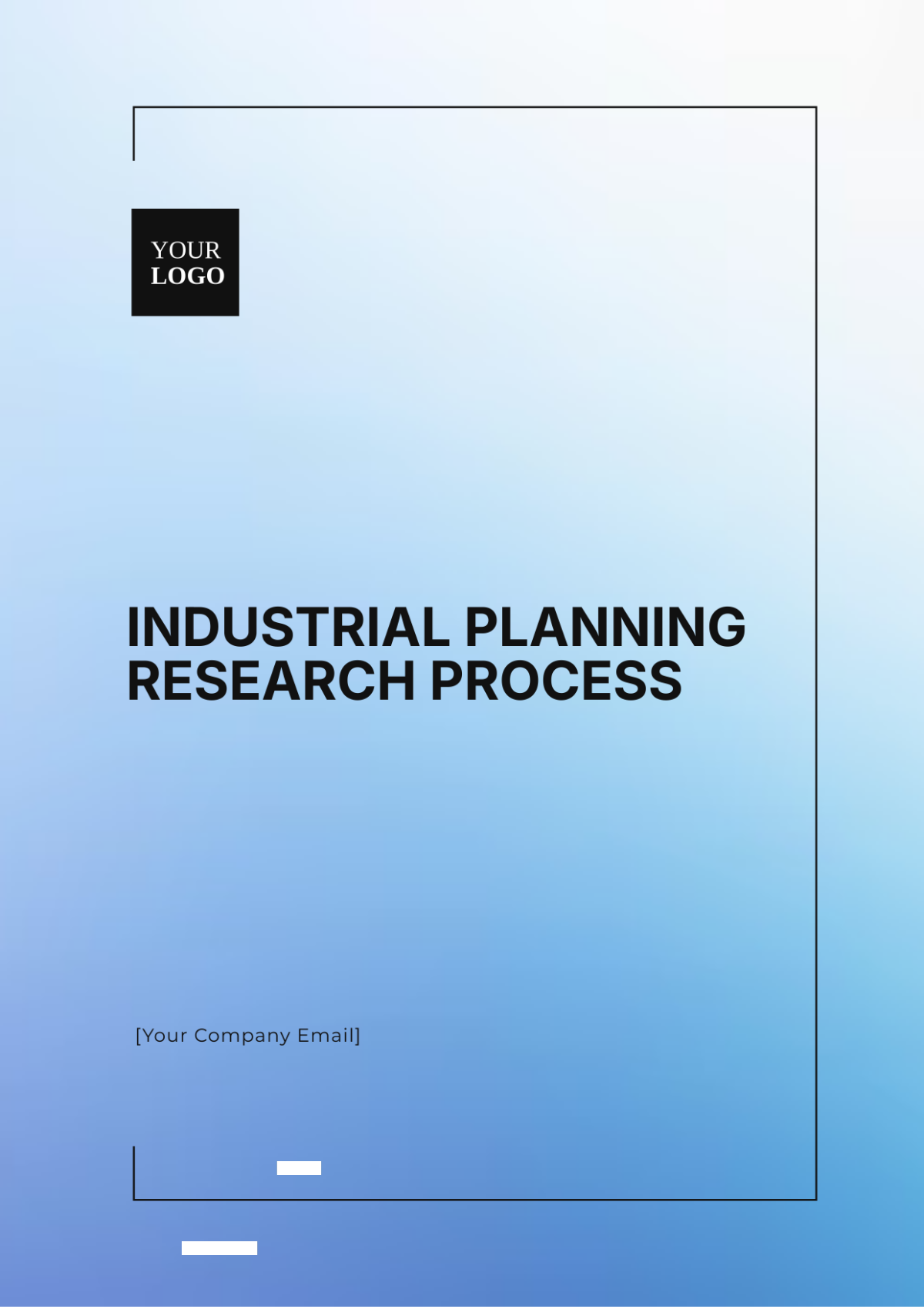
Prepared by: [Your Name]
Date: [Date]
1. Executive Summary
This research provides a comprehensive analysis of the industrial landscape as of 2050, focusing on emerging trends, competitive dynamics, and strategic opportunities. Key findings include evolving market demands, advancements in technology, and shifts in global supply chains. Strategic recommendations emphasize diversification, sustainability, and operational efficiency to enhance market positioning and resilience.
2. Industry Analysis
2.1 Market Trends
As of 2050, the industrial sector is undergoing significant changes driven by various factors. Key trends include:
Technological Advancements: Innovations in automation, materials science, and process optimization.
Sustainability Focus: Increased emphasis on reducing environmental impact and adopting circular economy principles.
Supply Chain Dynamics: Changes in global supply chains because of geopolitical shifts and environmental regulations.
2.2 Competitive Landscape
The competitive environment is developing with new entrants and shifting strategies. Major trends include:
Emerging Players: New companies bringing innovative technologies and business models to the market.
Regional Hubs: Growing significance of industrial clusters in emerging economies and technology-centric regions.
Strategic Alliances: Formation of partnerships and alliances to enhance capabilities and market reach.
3. Objectives and Scope
3.1 Research Goals
The primary objectives of this research are:
Identify Growth Opportunities: Explore potential areas for expansion and investment across various sectors.
Assess Technological and Market Impacts: Evaluate the effects of technological advancements and market shifts in industry operations.
Optimize Operational Efficiency: Provide recommendations for improving efficiency through best practices and process enhancements.
3.2 Scope of Study
This study covers:
Geographic Focus: Global analysis with specific emphasis on North America, Europe, and Asia-Pacific.
Industry Sectors: Manufacturing, logistics, energy, and technology sectors.
Timeframe: Analysis of trends and projections up to 2060.
4. Methodology
4.1 Data Collection
Data was collected through:
Surveys: Distributed to over 1,000 industry professionals and stakeholders in early 2050.
Interviews: Conducted with key executives from leading industrial firms throughout 2050.
Secondary Research: Analysis of industry reports, market research studies, and financial disclosures up to mid-2050.
4.2 Analysis Techniques
Statistical Analysis: Utilized to identify trends and correlations within the collected data.
Scenario Analysis: Applied to evaluate potential future scenarios and their impact on the industry.
5. Findings and Data Analysis
5.1 Key Insights
Technological Integration: The adoption of advanced technologies is enhancing operational capabilities and creating new market opportunities.
Sustainability Benefits: Companies that embrace sustainability are seeing improved brand reputation and operational efficiency.
Supply Chain Adaptation: Adjustments in supply chains are necessary to navigate geopolitical uncertainties and environmental regulations.
5.2 Data Interpretation
The research indicates that a focus on technology, sustainability, and adaptive supply chain strategies will position companies for long-term success. Investments in these areas are likely to lead to enhanced competitiveness and resilience.
6. Recommendations
6.1 Strategic Suggestions
Diversify Technology Investments: Invest in a range of technologies to drive innovation and improve operational performance.
Adopt Sustainable Practices: Implement measures to reduce environmental impact and align with regulatory requirements.
Strengthen Supply Chain Management: Develop strategies to enhance supply chain flexibility and risk management.
6.2 Implementation Plan
Short-Term (2050-2052): Launch initiatives for technology integration and sustainability practices.
Medium-Term (2053-2056): Expand successful projects and form strategic partnerships to bolster capabilities.
Long-Term (2057-2060): Continuously adapt strategies based on emerging trends and industry developments.
7. Conclusion
This research highlights the importance of adapting to technological advancements, sustainability goals, and evolving supply chain dynamics. By aligning strategies with these factors, companies can achieve improved efficiency, competitiveness, and growth in the industrial sector.
- 100% Customizable, free editor
- Access 1 Million+ Templates, photo’s & graphics
- Download or share as a template
- Click and replace photos, graphics, text, backgrounds
- Resize, crop, AI write & more
- Access advanced editor
Streamline your industrial planning with the Industrial Planning Research Process Template from Template.net. This fully editable and customizable template is designed for efficiency. Easily adapt it to your needs using our AI Editor Tool, allowing for seamless modifications and updates. Enhance your workflow and achieve optimal results with this versatile planning resource.
